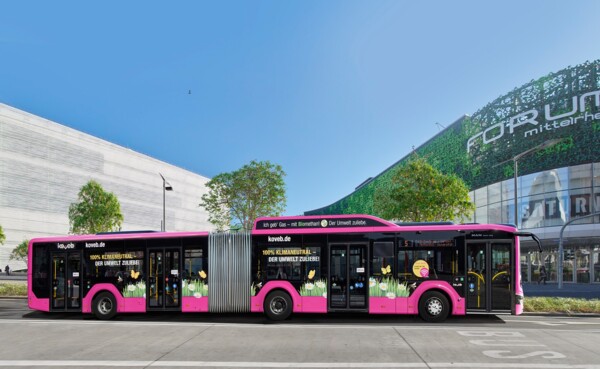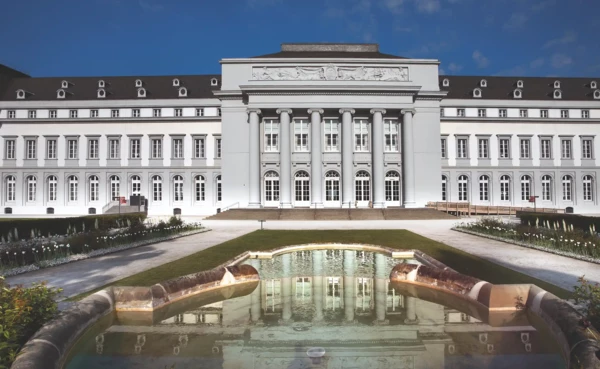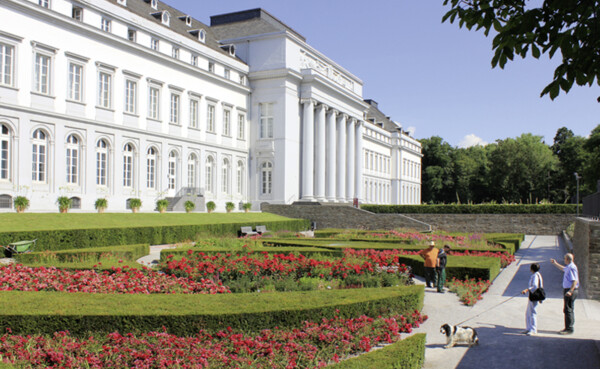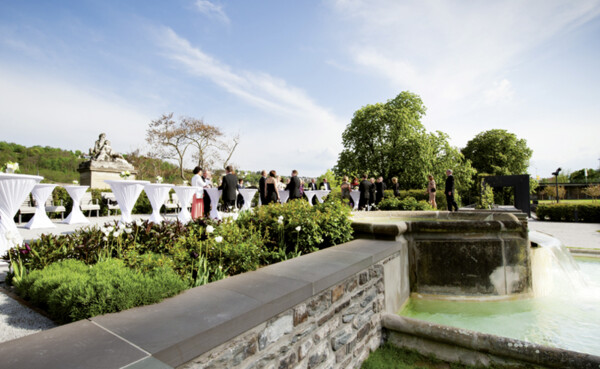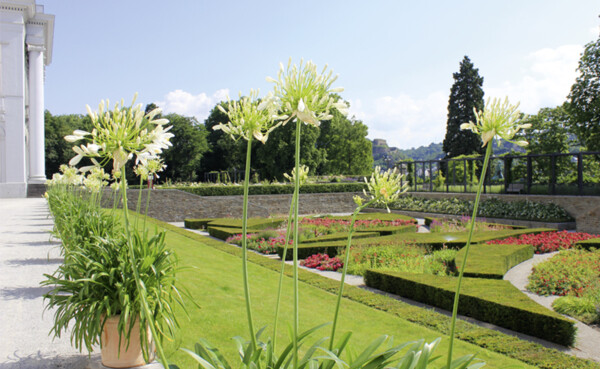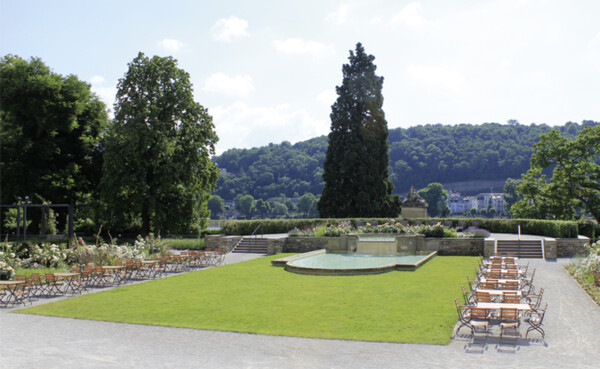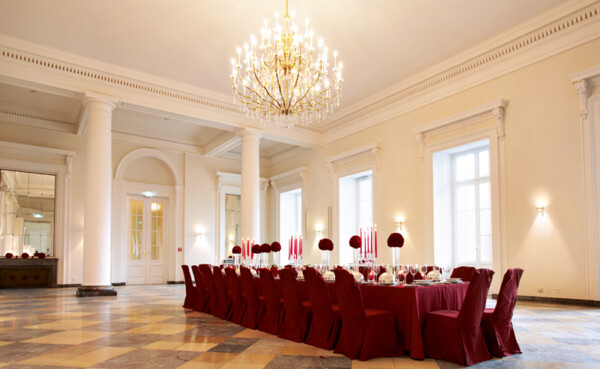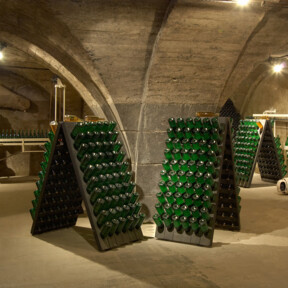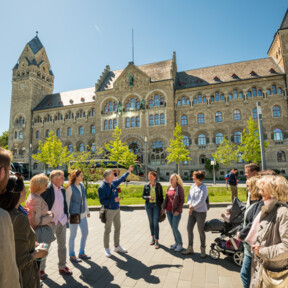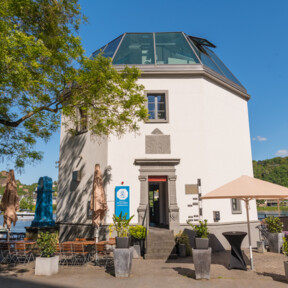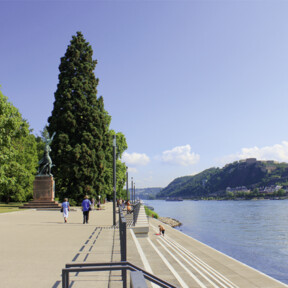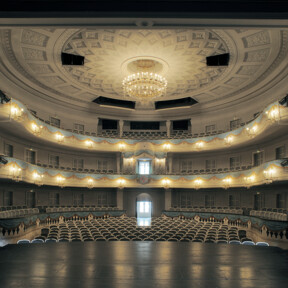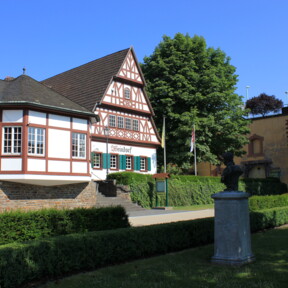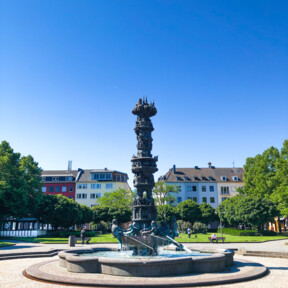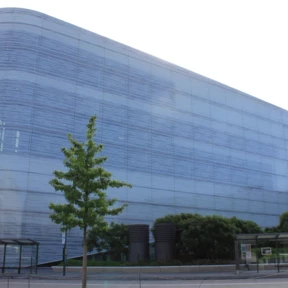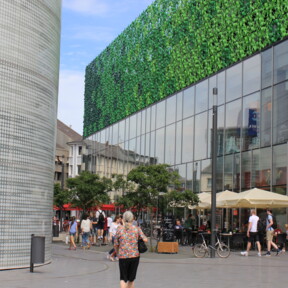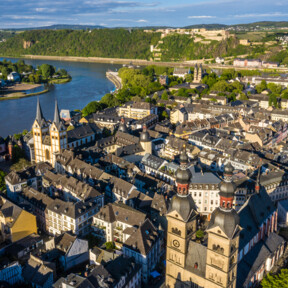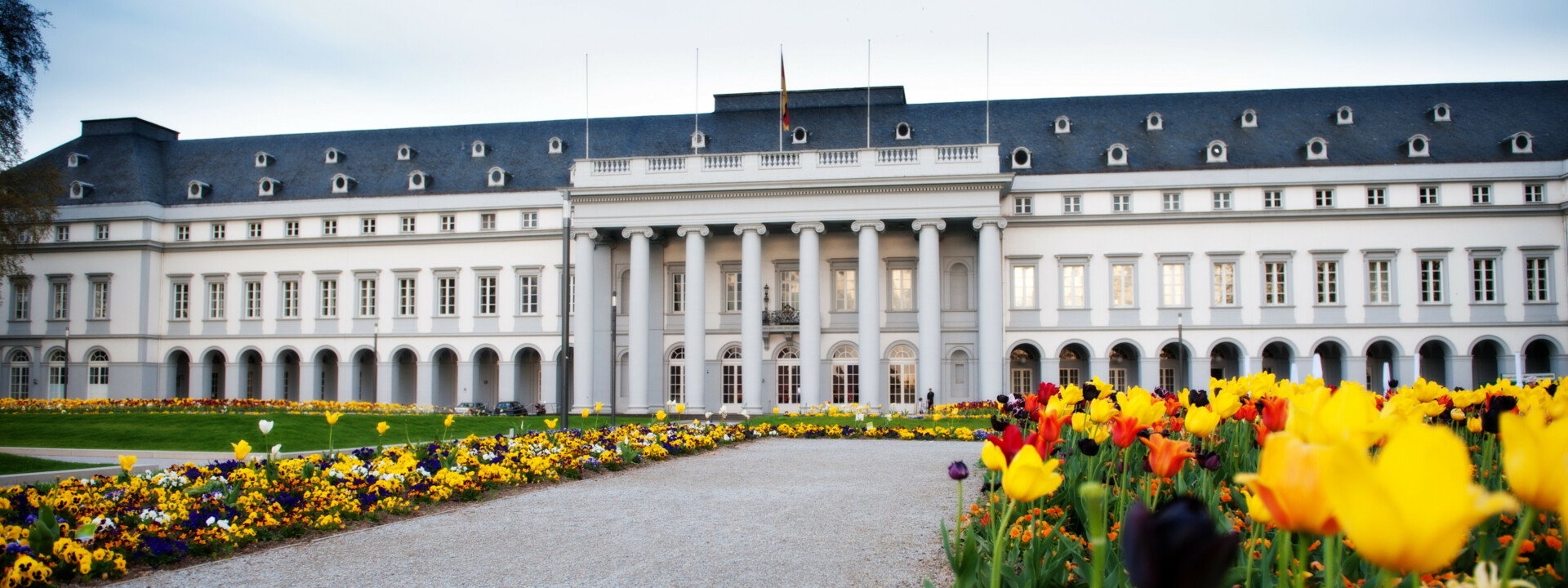
The Electoral Palace
Where princes and kings resided.
Please note: The Electoral Palace will remain closed to visitors until BUGA 2029 due to extensive renovation work.
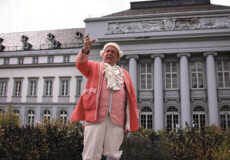
Chancellor of the Elector
History of the Electoral Palace
The Electoral Palace in Koblenz is one of the most important palace buildings of early French classicism in southwest Germany and is one of the last residential palaces built in Germany immediately before the French Revolution. Elector Clemens Wenzeslaus had the Electoral Palace built between 1777 and 1786. From 1850 to 1858, the Prussian Crown Prince and later Emperor Wilhelm I resided here as Prussian military governor. In 1944, the Electoral Palace was destroyed down to the outer walls and rebuilt in 1950-51.
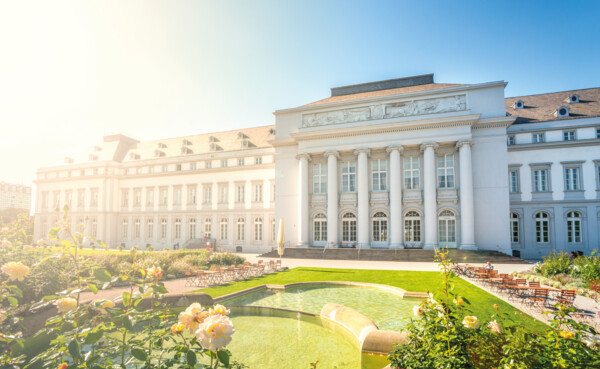
The Palace Interior
The palace was redecorated for the 2011 Federal Garden Show, and a magnificent palace garden was laid out on the side facing the Rhine based on the historical model.
The rooms in the palace can be used for various events, including workshops, conferences, meetings or even wedding celebrations.
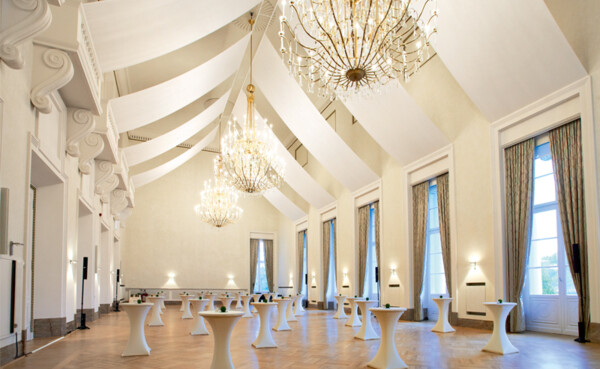
How to Get to the Electoral Palace
The Electoral Palace can be reached in many different ways. Enjoy a relaxing stroll along the Rhine Promenade or explore the picturesque river landscape on a bike while you let your gaze wander over the Festung Ehrenbreitstein. The picturesque alleyways and historic squares of the old town offer an authentic insight into the history of the city and are perfect for a relaxing stroll. The lively Neustadt also offers numerous shopping opportunities and leads you directly to the Electoral Palace via Schlossstraße.
The bus to the Electoral Palace
